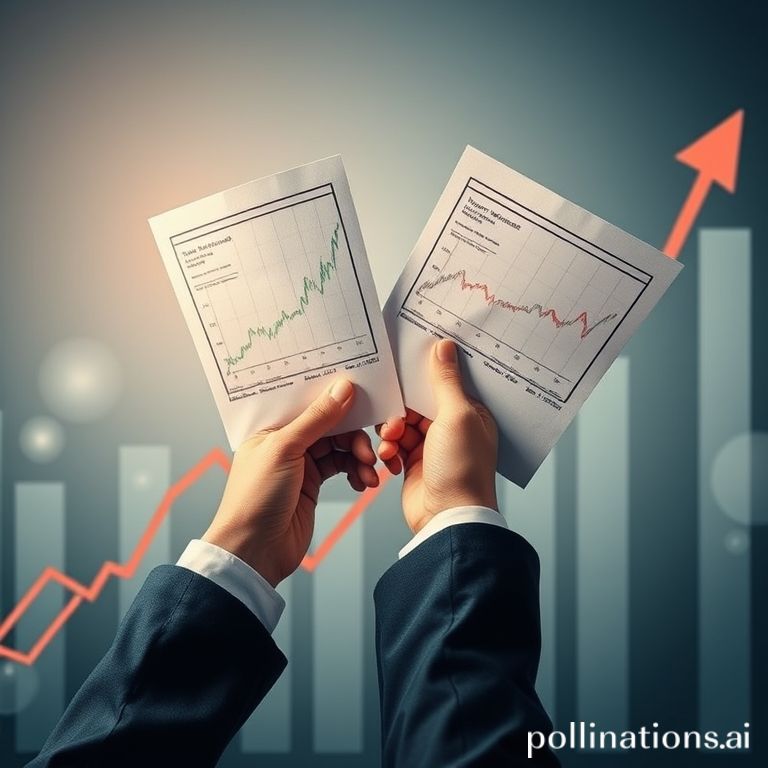
In a dynamic shift within the financial landscape, U.S. corporations are currently engaging in stock buybacks at an unprecedented pace. Nearly a trillion dollars in buyback announcements have already been made in 2025, setting the stage for this year to potentially surpass previous records. This aggressive activity is primarily driven by mega-cap technology firms and major financial institutions, leading many to ponder the implications. Is this a strategic maneuver reflecting robust corporate health and undervalued stock, or does it signal a potential overheating of the market?
The Mechanics and Appeal of Stock Buybacks
Stock buybacks, also known as share repurchases, occur when a company buys its own outstanding shares from the open market. This action reduces the number of shares in circulation, which can have several beneficial effects for shareholders. Primarily, it often leads to an increase in earnings per share (EPS), making the company's stock appear more attractive. Additionally, buybacks can provide price support for the stock, especially during periods of market volatility. Furthermore, a substantial buyback program can serve as a strong signal of management's confidence in the company's future prospects and financial stability.
The current surge in buybacks is heavily concentrated. Approximately 66% of all announced repurchases originate from a select group of mega-cap entities. Tech giants such as Apple ($100B), Google ($70B), and Nvidia ($60B) have unveiled massive programs, alongside influential banking institutions like JPM ($50B), GS ($40B), WFC ($40B), and BAC ($40B). For retail investors whose portfolios are often heavily weighted towards these sectors, this concentrated activity could exert a significant influence on overall performance.
Economic Signals and Investor Sentiment
The context surrounding these buybacks is crucial. The Federal Reserve is currently implementing interest rate cuts during a period of cyclical economic upswing. While some economic vulnerabilities persist, there are no definitive indications of a major downturn. Rate reductions are typically perceived as a bullish indicator, particularly for rate-sensitive sectors like technology and financials, which are coincidentally leading the buyback charge. This alignment suggests a broad sense of economic optimism, or at least a calculated risk taken by corporate leadership.
Interestingly, while corporate buybacks soar, insider activity presents a mixed picture. Generally, insider selling has begun to cool, with many executives choosing to sell into the current market rally. However, insider selling is often considered a weaker signal compared to insider buying. A notable exception to this trend is Elon Musk's recent acquisition of 2.5 million Tesla shares, valued at approximately $1 billion, signaling strong conviction in his company's valuation.
Concerns Amidst the Optimism
Despite the pervasive optimism, a segment of the investment community is expressing caution. With market indices frequently reaching new all-time highs, there is a growing apprehension that a market correction may be overdue. According to the BofA Fund Manager Survey, a record number of "smart money" fund managers now perceive the market as overvalued. This sentiment is fueled by a broad rally observed across equities, cryptocurrencies, and gold, occurring even as the underlying issues that triggered April's market downturn remain unresolved, and the macroeconomic environment has arguably become more complex.
The central question remains: are companies genuinely acquiring their shares at a bargain price, or are they participating in a speculative frenzy? While the fundamental economic indicators suggest strength—with rising earnings, healthy profit margins, resilient U.S. consumer spending, and stabilizing macroeconomic conditions in key regions like Europe and China—the rapid ascent of market valuations raises legitimate concerns about sustainability. The historical precedent often shows that market downturns can emerge unexpectedly, even when fundamentals appear robust.
Looking Ahead: A Balanced Perspective
For the time being, a significant market correction appears improbable given the prevailing strong fundamentals. However, the concentration of buybacks in a few mega-cap firms and the persistent concerns about overall market valuation warrant close attention. Investors should carefully evaluate the motivations behind these buybacks and consider the potential risks associated with an extended period of market highs. While corporate confidence is high, and economic signals are generally positive, the market's inherent unpredictability means that caution remains a prudent approach. It is essential for investors to stay informed, diversify their portfolios, and avoid complacency in a market that continues to defy conventional expectations.
